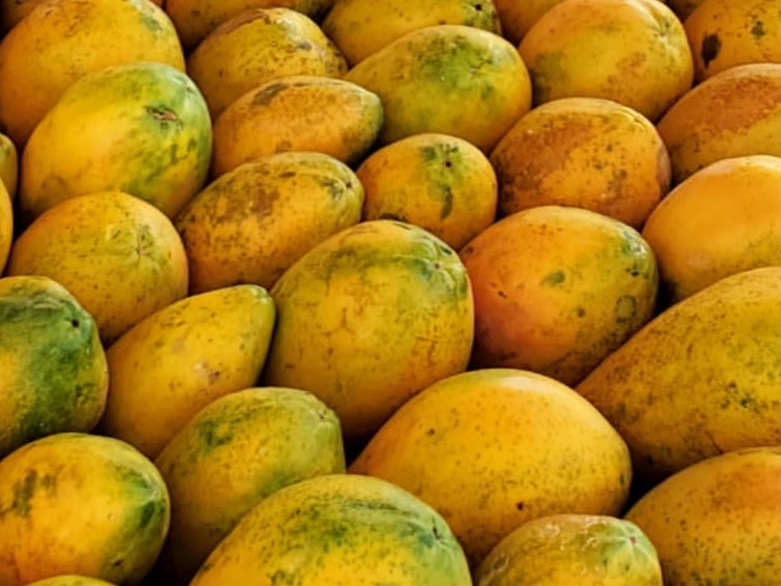
There are many fruits and vegetables across Jamaica that are so popular that many assume that they are native plants. Some of our regional favourites, however, are not native to the island. As a former colony of the Spanish and English, and with heritage from first inhabitants such as the Tainos, along with the Africans who were brought over by the slave trade – we are a melting pot of many different cultures and our food is no exception. Here’s a look at some staples in the Jamaican diet that have roots in our colonial past.
Coffee
Coffee production began in Jamaica in 1728, when Sir Nicholas Lawes, then governor of Jamaica, brought about eight coffee seedlings from Martinique. Jamaica currently produces some of the world’s top brands, including Jamaica Prime, Jamaica Select, High Mountain Supreme and Blue Mountain Coffee, which is grown in the Blue Mountains. Today, coffee from Jamaica is used in coffee blends around the world, and to manufacture coffee by-products including pastries and perfumes.
Breadfruit

Breadfruit was discovered in Tahiti by British Captain Cook, and his description of the fruit attracted the attention of the public back in England. Captain William Bligh introduced the first tree in Jamaica in 1793. He had heard about breadfruit as he was on his journey to Tahiti with Captain Cook. The first Jamaican breadfruit tree was cultivated at the Bath Botanical Garden in St. Thomas.
Breadfruit is a very versatile food and can be cooked in many different ways. Jamaicans eat the fruit at all stages of its development. Roasted or fried breadfruit is popular in Jamaica.
Ackee
The ackee fruit, which grows on a large tree, comes from West Africa and is believed to have been introduced to the Caribbean in the mid-1700s. It is assumed that it was brought over on slave ships.

In Jamaica, the fruit is so common that it can be purchased freshly picked, from street vendors, or even in the supermarket canned. It is common to see people picking ackee from trees during the ackee season. Ackee is a very tasty fruit and is considered one of the greatest delicacies of Jamaica and is especially delicious once boiled and cooked with seasoning and salt fish (national dish) or salt pork.
Yam
White yam and yellow yam, native to Africa, are the most common species found in Jamaica. Today, yam is a common staple eaten for a filling breakfast or lunch.
Fruits

Guava
From Mexico, Central and South America, the soft, pulpy fruit made its way to Jamaica. Different species exist in different areas – some have red, green, or yellow skin. Guavas vary in size from as small as apricot to as large as a grapefruit. It is also often used for producing juices and jams.
Naseberry
The naseberry, known as sapodilla elsewhere in the Caribbean, is a thin, brown fruit from Mexico and Central America. It’s also found in tropical parts of Asia. The fruit’s flesh varies from pale yellow to rust or earthy red, with a grainy texture. The tropical fruit tree in Jamaica can grow as high as 30 meteres and is tolerant to the dry season.
Papaya
Some believe the papaya is indigenous to southern Mexico and neighboring Central America, while others place its roots in South America and the West Indies. Regardless of where it comes from, it is known to be a good source of fibre and is also loaded with nutrients that promote a healthy cardiovascular system and protect against colon cancer.